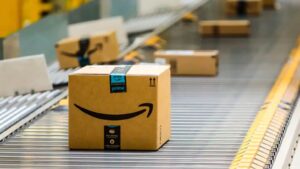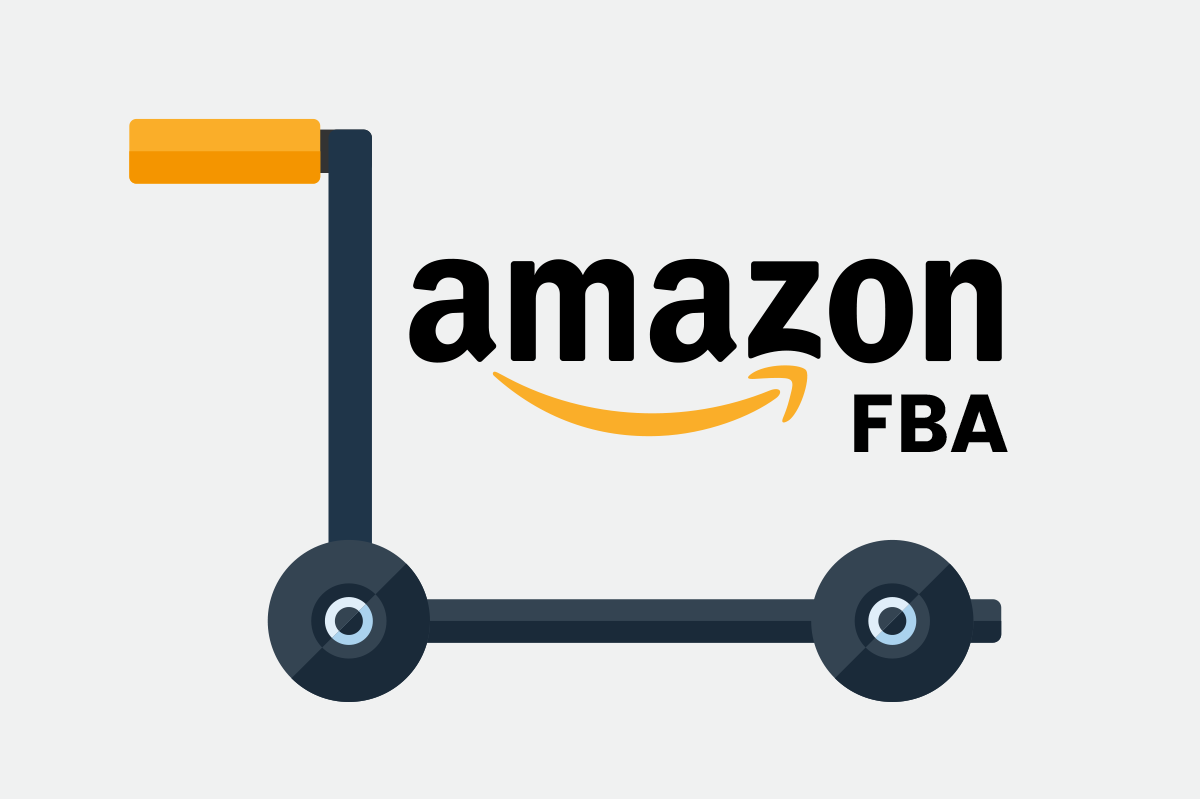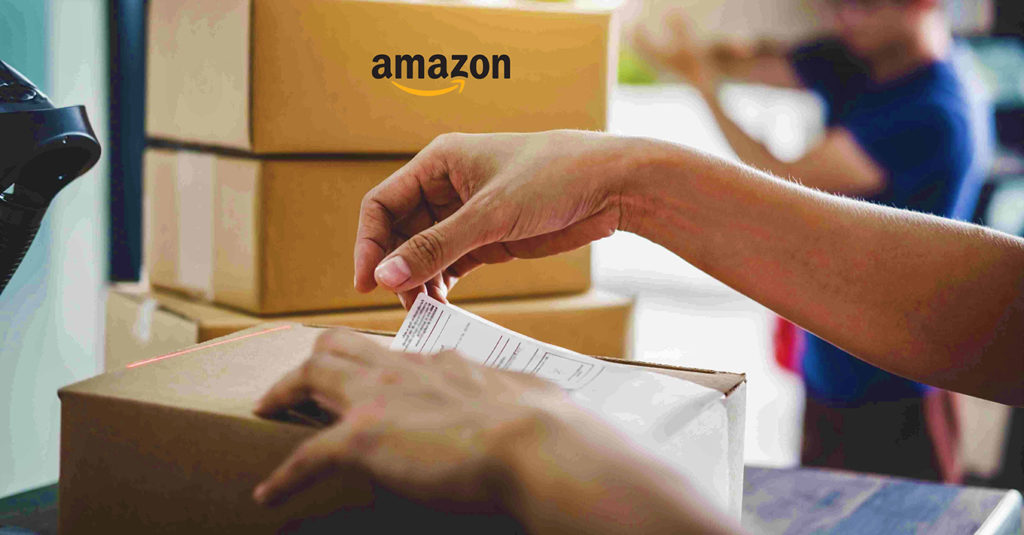3PL Warehouse Service and Amazon FBA Warehouse Service
Many new e-commerce sellers don’t know the difference between a third-party warehouse and an FBA warehouse, and even experienced e-commerce sellers don’t fully understand the relationship. In fact, the third-party warehouse and FBA have almost become essential for e-commerce. More importantly, the relationship between the third-party warehouse service and FBA service is not one or the other but more cooperation.
What is FBA service and 3PL warehouse service
FBA logistics
FBA, Fulfillment by Amazon, an acronym familiar to many Amazon sellers, is the cornerstone of Amazon’s business. This efficient logistics system enables many e-commerce sellers to set up online stores worldwide without leaving their homes. Since its establishment, FBA has continuously upgraded its internal technologies, intelligent warehousing, and logistics management and explored some new management modes, such as FBA onsite, which has covered some third-party warehouses to FBA to upgrade the capacity of FBA significantly.
3PL warehouse
The third-party warehouse, namely contract warehouse and cloud warehouse, refers to the warehouse mode in which an enterprise subcontracts logistics activities such as warehouse to an external company, and the external company provides comprehensive logistics services. The 3pl warehouse is different from the general rental warehouse. It can provide professional, efficient, economic, and accurate distribution services. If enterprises want to get a high level of quality and service, they can use third-party warehouses because these warehouses are high design level and meet the high standard of particular commodities and professional handling requirements; If the enterprise only needs the average level of handling services, it can choose to lease the warehouse.

The features of FBA service and 3PL warehouse service
Driven by the development of e-commerce, FBA, and the third-party warehouse are constantly optimized, with their characteristics, advantages, and disadvantages.
FBA
The logistics and customer service of FBA are guaranteed, the seller’s worry is saved, the cost is predictable, and the products of FBA will be ranked better by Amazon. However, the FBA warehouse division is a headache for many e-commerce sellers. When the seller delivers goods to the Amazon warehouse, the system will automatically allocate one or several warehouses scattered across the United States to the e-commerce seller according to a series of parameters such as warehousing situation and sales expectation. A batch of goods may be distributed to several warehouses in the east, west, north, and south, which will cause significant difficulties for the e-commerce seller to deliver goods. For example, the putaway time of the eastern warehouse will be ten days and half a month later than that of the western warehouse, and the cost will be 2,000-3,000 dollars more per container.
Secondly, FBA charges a penalty for items that have been in stock for more than 90 days. When the goods are unsalable, it will cause a high cost whether to continue storage or return the goods. In addition, the return of goods is also a big problem. FBA does not provide buyers with secondary packaging and sales of returned goods, so whether the goods are returned to the original country or destroyed locally, the e-commerce seller will bear high costs.
In addition, replenishment is also a complex problem for sellers. Market sales are always difficult to estimate, especially for some new e-commerce sellers. Once there is a shortage of goods, it takes a long time for transportation from China to the United States and customs clearance.
3PL warehouse
The third-party warehouse is not only a warehouse but also plays many roles during Amazon’s operations. Some e-commerce sellers choose to self-deliver goods through third-party warehouses because such warehousing, process, and logistics costs are lower than FBA, and there are no restrictions like FBA.
However, due to the varying level of third-party warehouse service capabilities, warehouse management, and delivery costs of FedEx or UPS, the actual operation also brings a lot of risks. In addition, spontaneous goods can only enjoy a little treatment of FBA, and exposure and sales are lower than FBA products. Of course, at present, some third-party warehouses have Fulfilled the requirement of SFP (Seller Fulfilled Prime) certified by Amazon, which can be fulfilled as self-fulfilling goods for Prime products. However, as the requirement of same-day delivery of Amazon orders and 2-day delivery in 48 states of the United States needs to be fulfilled, is there any advantage between its actual operation cost and FBA? Only after further calculation can we judge.
Similarities between the FBA service and the 3PL warehouse service
- Both require the e-commerce seller to prepare goods in advance, and both have good warehousing management experience, so the seller does not need to worry about warehousing and distribution.
- It can shorten the delivery time, improve customer satisfaction, and help the store’s sales growth.
- E-commerce sellers are required to deliver goods in bulk. The way of delivery is generally selected as air transport, express delivery, and sea transport, which can effectively avoid the peak of logistics.
- Both can provide buyers with return and exchange services.
- Whether the FBA warehouse or a third-party warehouse is selected, the seller shall pay the warehouse rental fee, logistics fee, and other monthly expenses.
- The product is outside the e-commerce seller’s control, but customer service is provided to let the seller know the inventory status.

The Difference between the FBA warehouse service and the 3PL warehouse service
Differences in the product selection range
The FBA warehouse of Amazon has specific restrictions on the size, weight, and category of the selected products, so the chosen products tend to be small in size, high in texture, and good in quality.
If you choose the third-party warehouse, the selection range is more comprehensive than the FBA warehouse. Large volume, heavy weight products are also suitable. In other words, the products allowed by the FBA warehouse of Amazon must be authorized by the third-party warehouse. Still, the products that the third-party warehouse can accept may not be accepted by the Amazon FBA warehouse.
Differences in head service
Amazon FBA warehouse will not provide customs clearance service for e-commerce sellers;
Some third-party warehouse services will provide the seller with customs clearance services, and there will even be a one-stop service, including tax payment and delivery to the warehouse.
Differences in requirements before warehousing
Amazon’s FBA warehouse has strict warehousing requirements, requiring the e-commerce seller to handle and paste the outer box label and product label before delivery. If the outer box or product label is damaged, the seller must sort it out first before entering the FBA warehouse. Moreover, Amazon does not provide item assembly service;
The third-party warehouse will have lower requirements than the FBA warehouse of Amazon and will provide the service of sorting and assembling products before they are put on the shelf.
Differences in the item’s distribution after warehousing
Amazon divides warehouses by default, often dispersing sellers’ products to different warehouses for mixed storage. And the third-party warehouse will generally put the goods in the same warehouse with centralized management.
In addition, the FBA warehouse is only available to sellers on the Amazon platform. While the third-party warehouse does not have this requirement, as long as you have the goods, you can use the third-party warehouse, regardless of the platform to sell. In addition, the third-party warehouse also has the role of transfer. Suppose the e-commerce seller uses the third-party warehouse and the FBA warehouse at the same time. In that case, the goods can be transferred directly from the third-party warehouse to the FBA warehouse in peak season, saving domestic delivery time.
Differences in storage costs
The cost of choosing a third-party warehouse is not low. In contrast, if the volume of goods is large, the cost of using an FBA warehouse will be higher than that of using a third-party warehouse. However, for products entering the FBA warehouse, the e-commerce seller can increase the unit price to share the storage cost. It can reduce the product price to acquire customers if it enters the third-party warehouse.
Support product promotion
If FBA is selected, the Amazon platform will increase the popularity of the seller’s products, such as improving the seller’s Listing ranking, helping the e-commerce seller grab the shopping cart, etc., which are conducive to increasing the flow and sales volume of the seller’s store.
If you choose a third-party warehouse, they can’t provide a platform for a seller’s products or add visibility to the platform, as Amazon does. Sellers need to do promotions inside and outside the station to increase the store’s performance.
Differences in handling bad reviews of products after delivery
Amazon can remove any negative reviews caused by FBA without the seller worrying about it. If the third-party warehouse causes the negative comments, the third-party warehouse service provider may not be able to provide after-sales services, and even if it does, it may not be able to successfully eliminate the negative comments left by the customer. Generally, the third-party warehouse has a few bad comments caused by logistics delivery.
Differences in support for returns
Amazon supports customers’ unconditional return and exchange of goods. FBA warehouse will not conduct any appraisal on returned products or charge any fees for buyers. Amazon does not sell a product to a second buyer even if it is returned with no quality problems. This way of return is actually more partial to the customer, which will lead to a higher return rate. If the product is returned, either destroyed or sent back to the e-commerce seller, Amazon charges an additional fee.
If it is a third-party warehouse, if the quality of the returned products is not a problem, the e-commerce seller can change the label or repackage it and then sell again, which can reduce the seller’s loss.
Differences in cargo storage risks
Placed in the FBA warehouse, its security is related to Amazon account security. If there is something wrong with the products you sell on Amazon and your account is closed by Amazon, the goods placed in the FBA warehouse of Amazon will also be temporarily sealed. If it is to be stored in a third-party warehouse, do not worry about this risk.
The above similarities and differences make it easy to consider whether to choose FBA or the third-party warehouse. There are their strengths and weaknesses. The e-commerce seller can use the FBA warehouse or the third-party warehouse, according to his situation.
Conclusion
FBA warehouse can help e-commerce sellers improve Listing ranking, help sellers become featured sellers, improve customer satisfaction, and increase sales. It has many years of global logistics experience and warehouses worldwide; Delivery time and professional customer service are fast. However, the cost is a little high, and the flexibility is poor. If the early work is not done well, the problem of label scanning will affect the warehousing of the goods or even can not be accepted by Amazon.
However, choosing an appropriate 3pl warehouse, like ShipA2Z, can help e-commerce sellers reduce logistics costs and customs clearance fees and improve product profits. A large number of small orders can be achieved quickly, improve the turnover; Manage goods efficiently and process orders rapidly; Improve product exposure, form brand effect, scale effect, and improve product competition rate.

